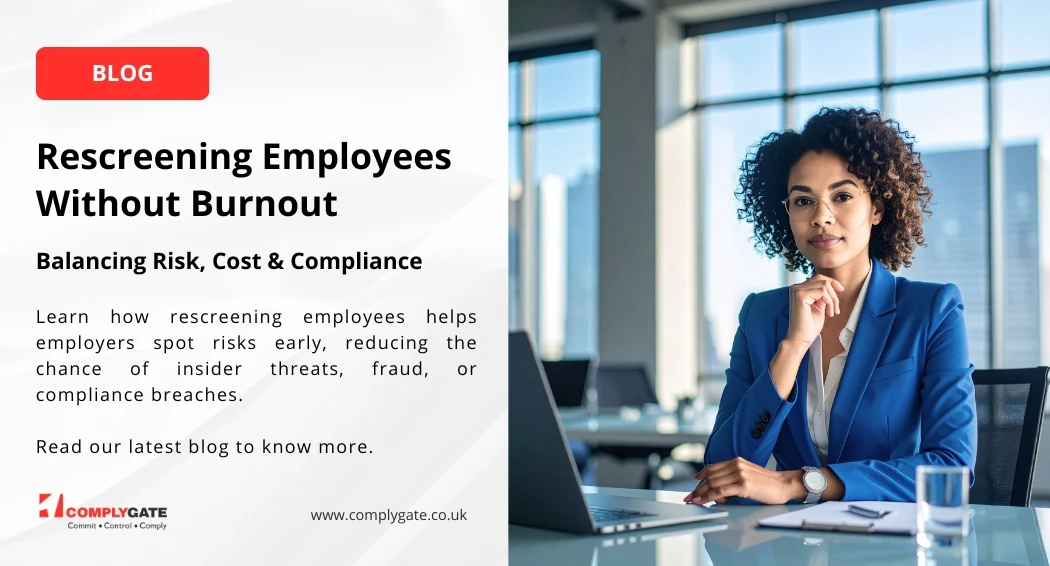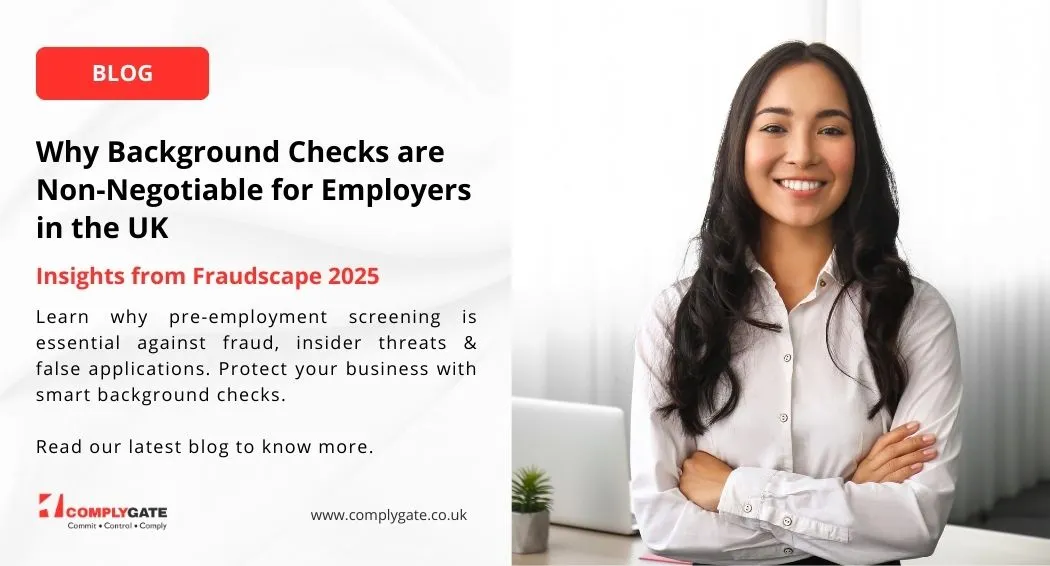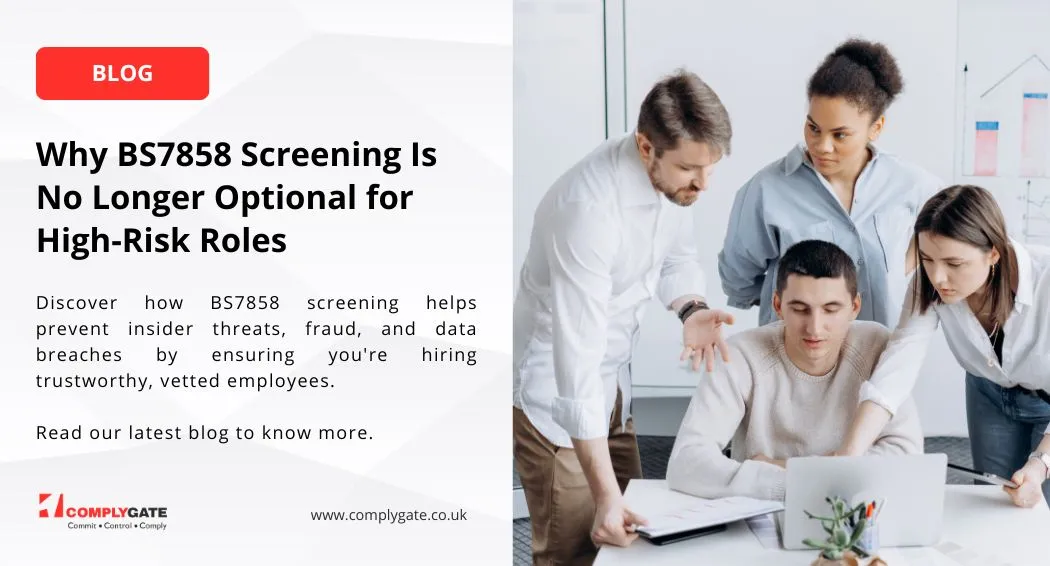Everything you need to know about AML checks
What is AML?
AML, or anti-Money Laundering, is a set of rules, regulations, and methods for preventing the laundering of money. To keep an eye on possibly fraudulent conduct, it is deployed in systems used by the government and major financial institutions.
Although firms may find it difficult to comply with these rules, doing so is necessary to reduce the risk of financial crime.
What are AML checks?
AML checks verify that all investors are who they say they are, and that they are not investing on behalf of someone else. These checks will most likely be carried out in the background using electoral data.
Why conduct AML checks?
There are two major reasons why businesses should do anti-money laundering checks:
Protect your company from being involved in illegal activities.Screening your prospects and clients will help to reduce risk and guarantee that your business is not involved in illegal behaviour.
Ascertain that your company complies with AML regulatory requirements.
AML checks are essential to prevent penalties and other legal implications since financial institutions are under growing pressure to "know your customer" (KYC).
Measures taken to meet the regulatory requirements
Regulations on anti-money laundering (AML) differ by jurisdiction, but in general, financial institutions take the following steps to comply:
Know your customer/customer identification programme (KYC)
To establish authenticity, financial institutions must require sufficient customer identity and verification. Higher-risk products and services (for example, private banking) necessitate more detailed paperwork.
Reporting on large money transactions
For transactions over a specified limit conducted by a single customer throughout a business day, institutions must file a regulatory report (known as a "CTR" in the US).
Surveillance and reporting of suspicious actions
Regulatory authorities provide anti-money laundering (AML) rules that should be followed. Anti money laundering investigators must file a SAR/STR with the FIU if they discover behaviour that breaches regulatory limits and has no obvious commercial purpose.
Compliance is sanctioned
Financial institutions must check transaction entities against records of sanctioned participants, companies, institutions, and countries, according to regulatory bodies such as the US Treasury Department, the US Office of Foreign Assets Control, the United Nations, the European Union, Her Majesty's Treasury, and the Financial Action Task Force on Money Laundering.
When properly implemented, AML checks reduce illegal financial activity's negative effects while financial activity also promotes financial market integrity and stability.
Book a free 1-to-1 demo with one of our specialists to learn more and find out Complygates’ AML checks are the best solution for you.











